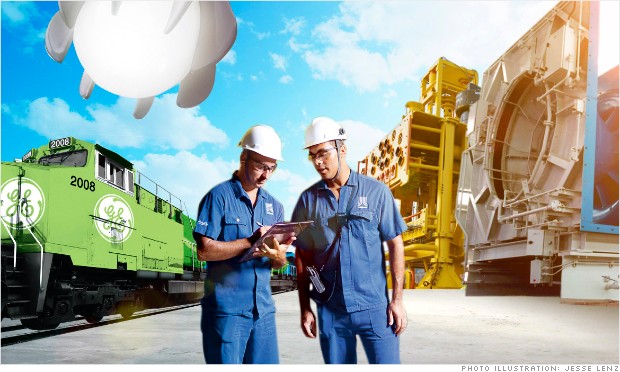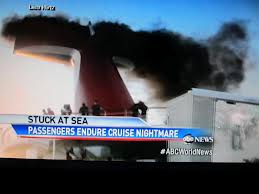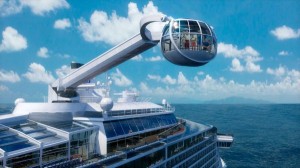
Recently manufacturing employees at Caterpillar plants in Illinois and across the world suffered significant pay cuts as well as cuts to some of their benefits. Now Caterpillar is experiencing a backlash from its employees. At an Ontario plant, workers were locked out when they refused to accept a 50% pay cut. In response, Caterpillar moved production to Muncie, Indiana where workers were willing to accept the lower wages. In May of last year, Caterpillar threatened to cut health care and other benefits for employees at a plant in Joliet, which resulted in a three month strike. Workers were finally forced to accept the cuts and returned to work. Caterpillar is also currently in a dispute with workers at a Milwaukee plant.
On the contrary, Caterpillar’s earnings would not indicate a need to cut employee wages. The company earned almost $6 billion in profits this year from a record-setting $66 billion in sales. In addition, the average salary of executive at has increased by 56% in the last six years and CEO Doug Oberhelman’s salary has risen by sixty percent since 2011. He made $22 million last year. His rationale behind Caterpillar’s hard line on labor is that they have a need to stay competitive. He says the only reason executive salaries rose so greatly is because people in these positions are going to find other work if they don’t receive a competitive wage. Whether such a steep increase is justified depends on who you ask. At the same time, he believes he has no reason to raise employee wages when he can just easily open a plant in a Southern state, where workers would gladly accept lower wages. He also contends that workers these days are less skilled and thus don’t deserve more money.
Oberhelman has received opposition on both of these points. Opponents argue that the only reason workers seem less skilled is because too much is demanded from them for too little pay. They also say that manufacturing employees at nearby rivals Cat and Komatsu plants are paid $3-$4 more per hour for the same work. However, people in these positions have much less mobility because there are a lot less manufacturing jobs today.
Caterpillar needs to resolve this issue with its employees before serious damage is done. Their reputation is on the line, which could ultimately affect their bottom line. Constant conflict with its employees could result in reduced productivity and quality from them. I believe they should just pay their employees wages that are comparable to nearby competitors. If the company is profitable and executives are experiencing pay bumps, shouldn’t lower-level employees experience them too? Who do you think is right or wrong in this situation? Do you think Caterpillar’s ongoing conflict with its employees is going to hurt the company in the long run?









